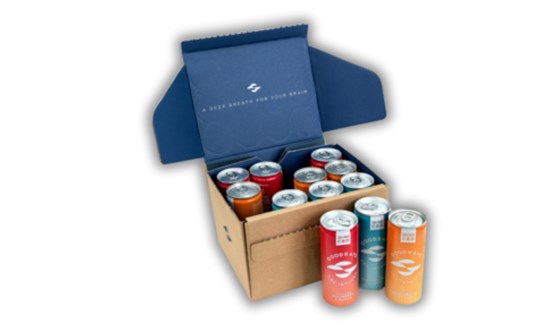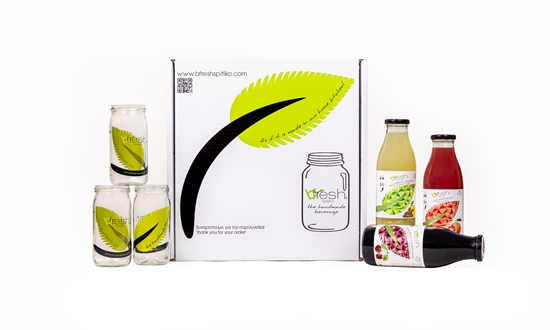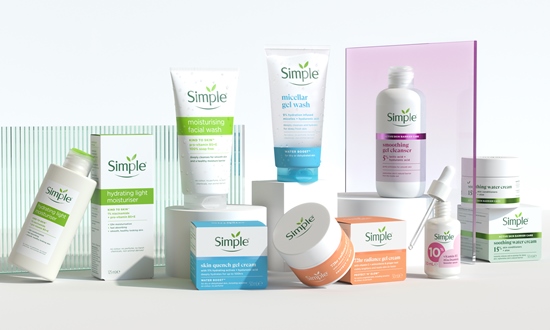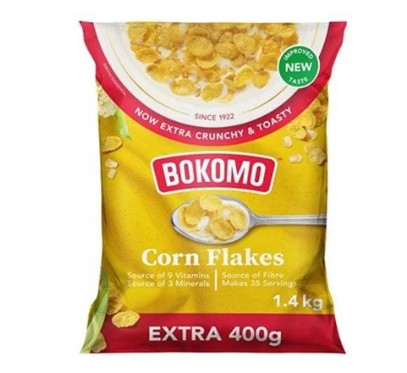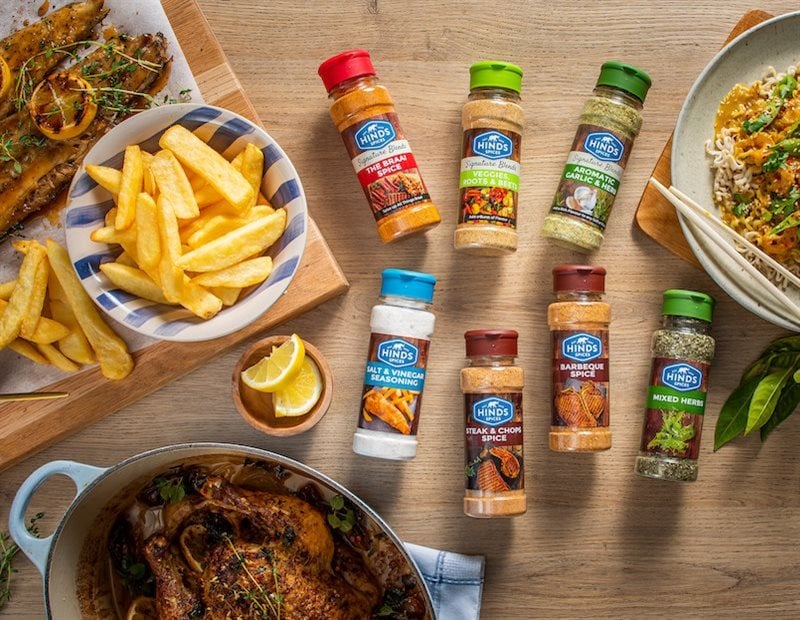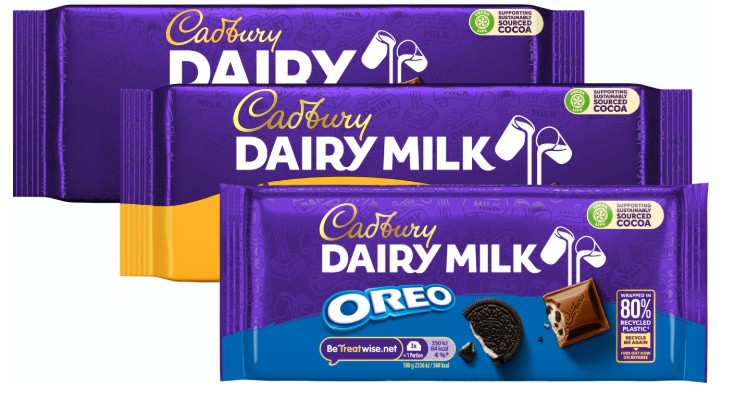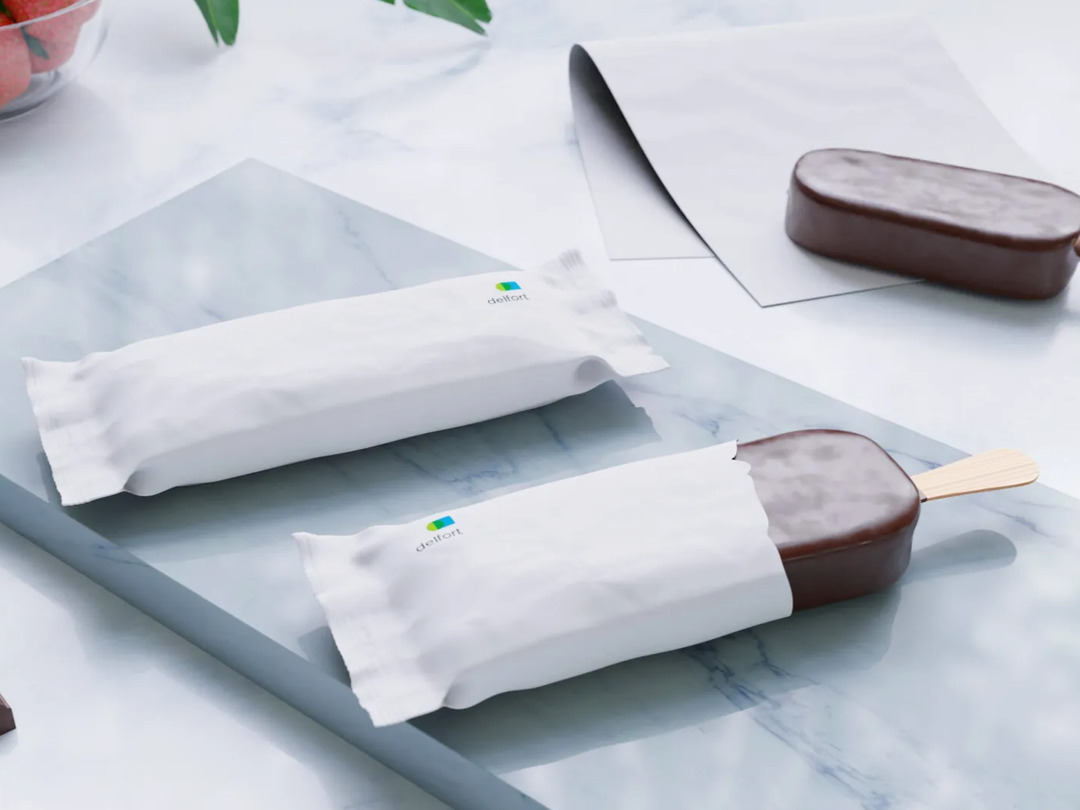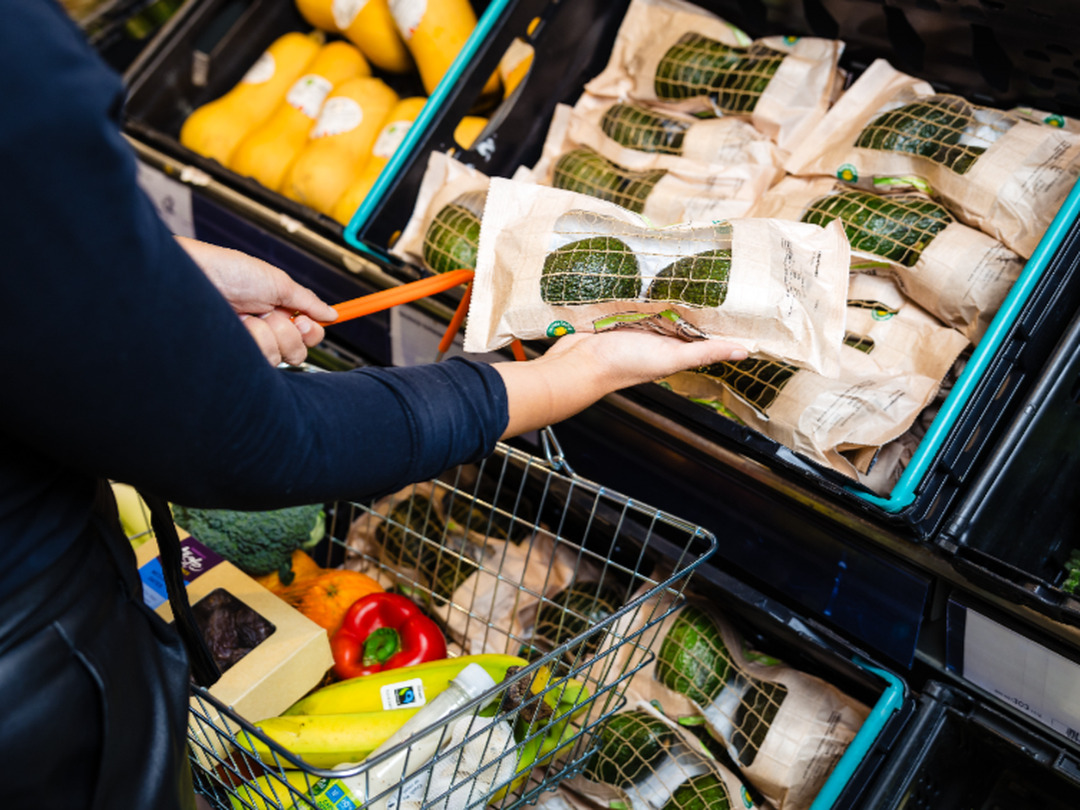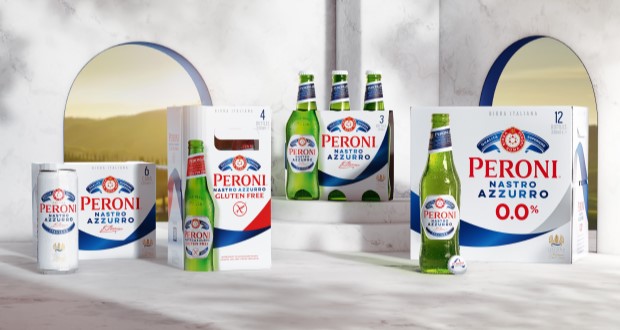DS Smith has worked with London-based CBD drinks start-up Goodrays to switch to paper packaging.
Goodrays, a rapidly growing brand known for its innovative carbonated drinks, has made significant strides in its sustainability efforts. Initially available on platforms such as Goodrays.com, Amazon, and eBay, the company has successfully transitioned to major supermarkets, including Tesco, Sainsbury’s, and Waitrose.
A key factor in this expansion is Goodrays’ collaboration with DS Smith, which has resulted in a bespoke packaging design that is not only easier to fold but also crafted from fibre-based materials. This innovative approach, combined with the use of a specialized cutting tool, has led to an estimated 20% reduction in carbon footprint. Furthermore, the new design allows for increased efficiency in transportation, enabling up to four times more product to be loaded into a single van, thereby reducing the number of trips to suppliers.
DS Smith employs its ‘Circular Design Metrics’ to evaluate and enhance the circularity of packaging solutions across eight critical indicators. This commitment to sustainability aligns seamlessly with Goodrays’ mission to deliver high-quality products while minimizing environmental impact.
Ben Simms, head of operations at Goodrays, emphasized the importance of partnering with like-minded organizations: “We’re a fast-growing business that is determined to get the highest quality products into the hands of our customers while being as kind to the planet as we possibly can. For us, it is critical that any partner we work with is aligned to those values.”
Anne Curtis, business lead for e-commerce at DS Smith, echoed this sentiment, stating, “It has been incredibly rewarding working with Goodrays given the alignment of their brand values with ours. Sustainability is in our DNA at DS Smith, and that is evidently the case at Goodrays too.”
Through this collaboration, Goodrays is not only enhancing its product availability but also reinforcing its commitment to sustainability, paving the way for a greener future in the beverage industry.
Source:

